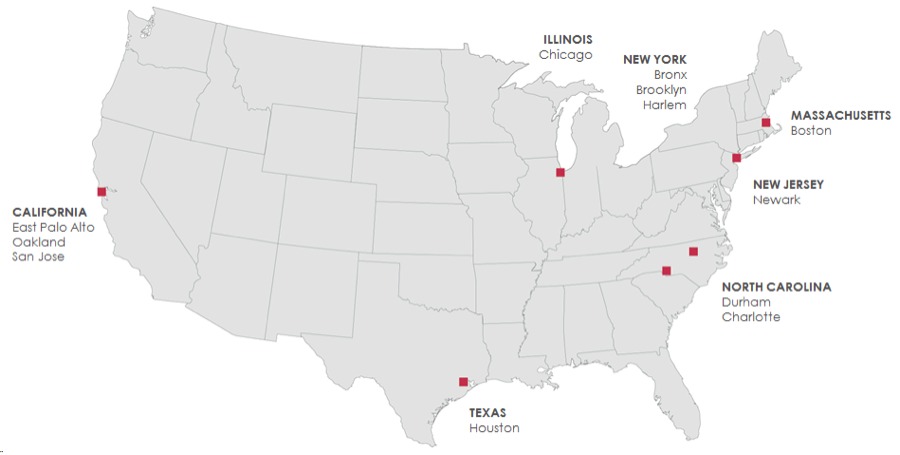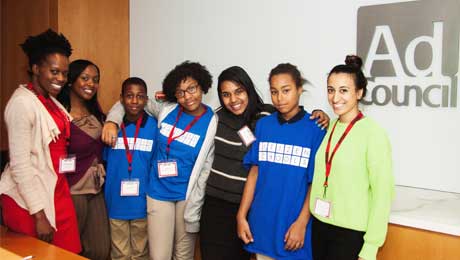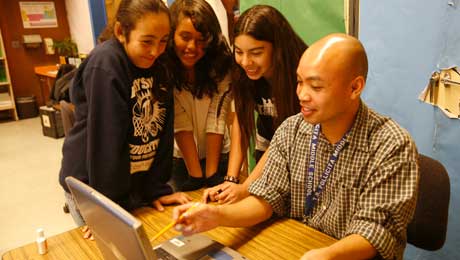WOW!
A presentation on DNA is not out of place at Boston’s Museum of Science. “We extracted DNA from peas,” said Max, a young man in a white lab coat. “And learned about DNA models, including the helix.” What is unusual is Max’s age. He’s a sixth grader at Boston’s Washington Irving Middle School, and his presentation is part of Citizen Schools’ annual WOW! Event. At this showcase of student work, Max and other students presented their projects on DNA, robotic cars, app development, and other subjects to hundreds of adults, offering a window into Citizens Schools’ dynamic initiatives with middle school students across the country.
Watch this video to experience a WOW! presentation:










